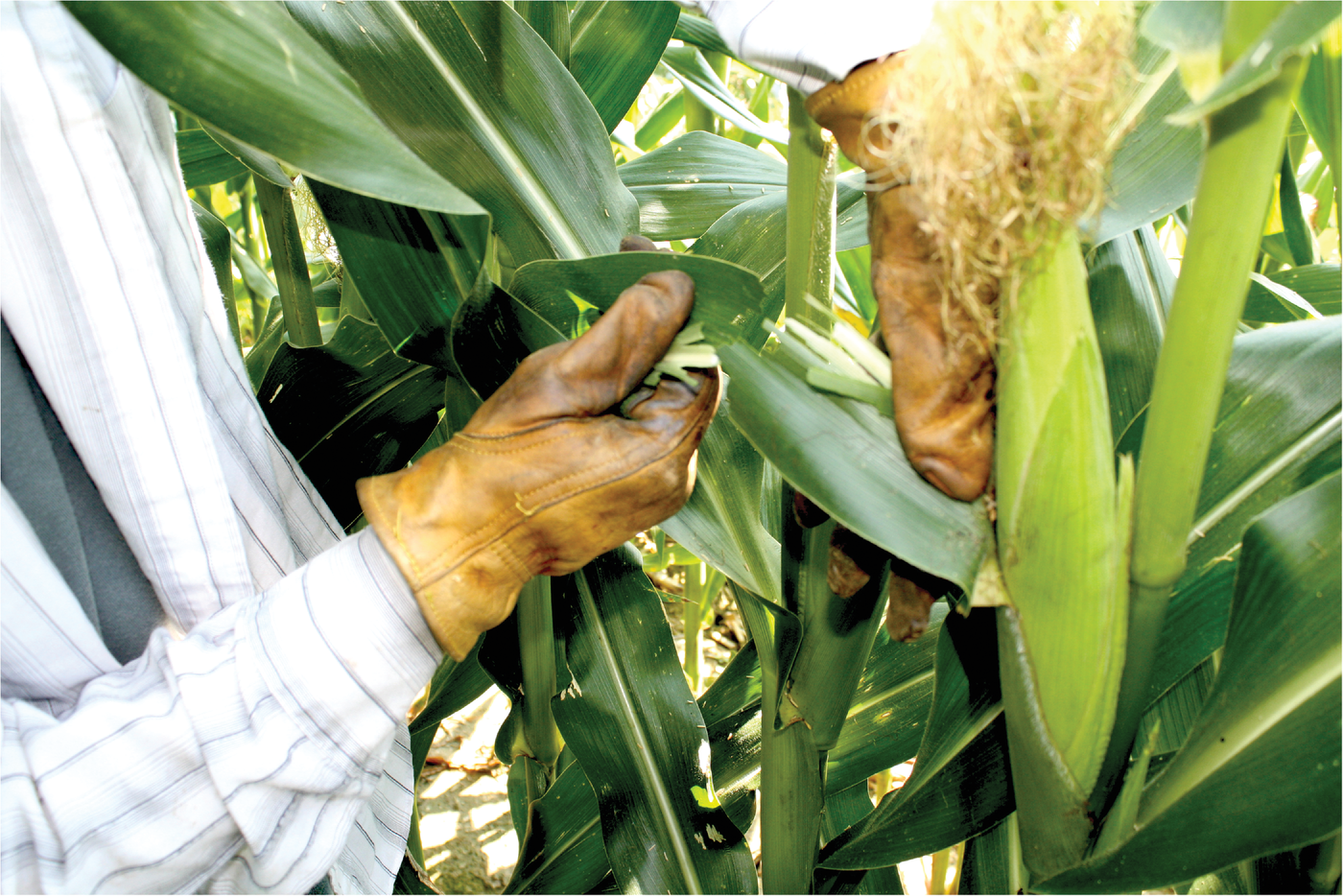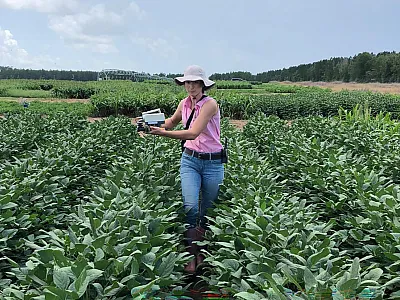Sulfur Fertilization Rarely Boosts Yield in Ohio Grain

Since the Clean Air Act amendment of 1990, atmospheric sulfur (S) deposition has been reduced by more than 80% in Ohio. As the main exogenous source of agricultural S has diminished, there is increasing concern that S availability could now be limiting crop yield. Today, application of S is more common throughout the state, but its benefits remain unclear. A handful of research trials reported grain yield response or other crop benefits, but the results remain inconsistent across soil type, S rate, and sources.
A team from Ohio State University conducted 96 replicated trials (50 corn, 34 soybean, and 12 wheat trials) at varying S rates and sources from 2013 to 2021. The researchers found very little evidence that S fertilization increases grain yield. In only four of the corn trials and three of the soybean trials did yield increase after S application. They also found that liquid S sources with high salt index occasionally reduced corn yield. In contrast to grain yield, S concentrations in the tissue and grain frequently increased with S fertilization.
The results suggest there is sufficient endogenous S to meet grain crop requirements; S application is rarely needed in Ohio soils to optimize crop production.
Adapted from Fleuridor, L., Fulford, A., Lindsey, L.E., Lentz, E., Watters, H., Dorrance, A., Minyo, R., Richer, E., Chaganti, V., Kumaran, S., & Culman, S.W. (2023). Ohio grain crop response to sulfur fertilization. Agronomy Journal. https://doi.org/10.1002/agj2.21328
Text © . The authors. CC BY-NC-ND 4.0. Except where otherwise noted, images are subject to copyright. Any reuse without express permission from the copyright owner is prohibited.











